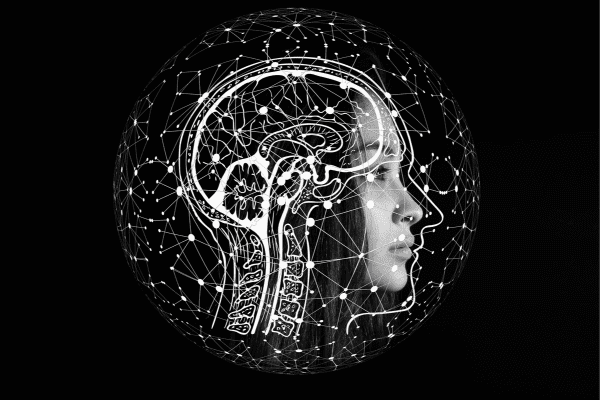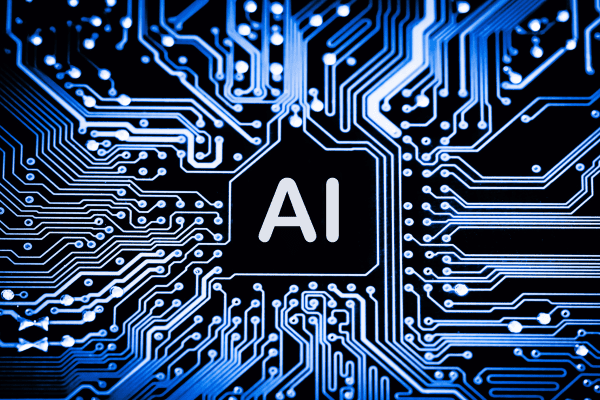Authored by John Snell, Open Minds Education Expert, & UK Head Teacher and Education Specialist.
One of the joys of working in schools is providing children and young people with the skills and
attributes to navigate both their learning and life ahead however this can also be one of the
challenges. This is none more so evident than in the rapid development of technology,
particularly the advancement of artificial intelligence. AI is revolutionising education but when
used as a vehicle to support student learning how do we ensure they think critically about its
use?
As an educator, AI is a fantastic tool to help me prepare and create lesson content for students.
Personally, I find the use of Chat GPT to help generate mathematical or grammar activities a
fantastic and time savvy way to help with lesson preparation. Naturally I have to ensure that the
content generated is relevant to the core learning however a quick look through the suggested
activities and it is clear to see that all is well. The challenge however is when we allow students
to use AI to support their own learning. This is where we need to ensure that we have instilled
essential critical thinking skills in their minds before they have free reign of the technology.
It is essential that students understand how AI came to be and we need to directly teach them to
be aware of what AI can’t do as much as what AI can do. They need to recognise that AI is
simply a generative tool that, through using large amounts of data, enables computers and
machines to ‘simulate human learning, comprehension, problem solving, decision making,
creativity and autonomy’ (What is AI, Stryker and Kavlakoglu, 2024). One thing that it does not
have is imagination. This is a particularly important piece of understanding that I encourage my
students to be aware of in their critical assessment of AI. It is natural that students assume that
everything produced through AI is true. Generative AI most commonly used in education is of a
large language model type that can generate written content autonomously in response to
prompts from the user – in this case the student.
Students might ask AI to explain a process, simplify a mathematical concept or summarise a historical narrative. All very useful, but are our students then using their critical skills to ensure that what they now possess is accurate – and more importantly – true? The fact that AI cannot ‘imagine’ does not mean that it will always provide trustworthy data.
Learners must understand that, as with all new technology, there are dangers. I was particularly
interested in a recent online conference for the education sector (7th Edition of the BW Top
Education Brands Summit & Awards 2024) where delegates discussed and shared their insights
on AI and in particular Pascal Chazot, Honorary Head of School at Mahatma Gandhi
International School who explained that over time, humans have always created tools and
equipment to help make their tasks and lives easier. The example Pascal gave is the invention
of the crane – a fantastic piece of equipment to lift enormous weights (far more than the
individual person could manage themselves) however he then noted that while this was
transformational, its dangers were very real too. Essentially, when using a crane, don’t stand
under it!
Students could then consider the dangers of other human inventions that transformed
lives (e.g. the first bicycle, the first car, printing press, farm machinery). All new ‘technology’
therefore has its dangers and this is an excellent opportunity to have a discussion around this
with students, helping to instil the understanding that AI, simply a new form of technological
advancement, has its dangers too. It is at this point that students could be encouraged to
consider what these dangers might be (e.g. inaccuracies, bias, out of date information, single
point of view). They could possibly rank them in ‘danger order’ (always a great discussion!) but
then fundamentally, consider how critical they need to be of these dangers – and what they can
do to mitigate these risks.
The fact that AI does not have ‘imagination’ can give us a false confidence that all is true so students should be encouraged, for example, to check AI generated suggestions from a variety of trusted sources and consider asking for content in a different way to see what is suggested. In education, I believe we must embrace this new technology but must ensure we provide clear guidelines in how it should be used. Human inquisitiveness, curiosity and our ability to make judgements on what we see and hear should be the lenses through which we use this transformational technology.

Critical Thinking in the Age of AI: A Guide for Students
In today’s educational landscape, artificial intelligence (AI) tools have become an invaluableresource for students. Whether it’s drafting essays, solving complex math problems, orgenerating research ideas, AI can save time and provide insights. However, relying on AIwithout critical thinking can lead to missed learning opportunities and even ethical pitfalls. Here’swhy and how students must approach AI with a critical mindset.
The Role of Critical Thinking
AI is only as effective as the questions and inputs it receives. It processes data, identifiespatterns, and delivers outputs based on its training. While it can produce impressive results, itdoesn’t truly understand context, nuance, or personal perspectives. This is where criticalthinking comes into play. Students must evaluate whether the AI’s responses are accurate,relevant, and ethical. Accepting AI-generated content at face value can lead to errors orunoriginal work.
Practical Tips for Students
1. Question the Source
AI tools draw from vast amounts of data, which may include outdated or biased information. Always cross-check the facts and verify sources before including AI-generated insights in your work.
2. Understand, Don’t Just Copy
AI can summarize concepts, but the real learning happens when students engage with the material. Use AI as a supplement to understand complex topics, then apply your own interpretation to assignments.
3. Spot Bias and Gaps
AI can inadvertently replicate biases present in its training data. Ask yourself: Is this response balanced? Does it represent diverse perspectives? If not, dig deeper.
4. Maintain Academic Integrity
Schools are increasingly emphasizing ethical AI use. Plagiarism is still plagiarism, even if it’s AI-assisted. Use these tools for brainstorming or drafting, but ensure the final work is genuinely yours.
Why Critical Thinking Matters
Using AI thoughtfully doesn’t just help students complete tasks—it builds essential skills like
problem-solving, creativity, and ethical reasoning. In an AI-driven world, these human
capabilities will always set you apart.
Embrace AI as a partner, not a crutch. By approaching it critically, students can unlock its full
potential while still owning their learning journey

